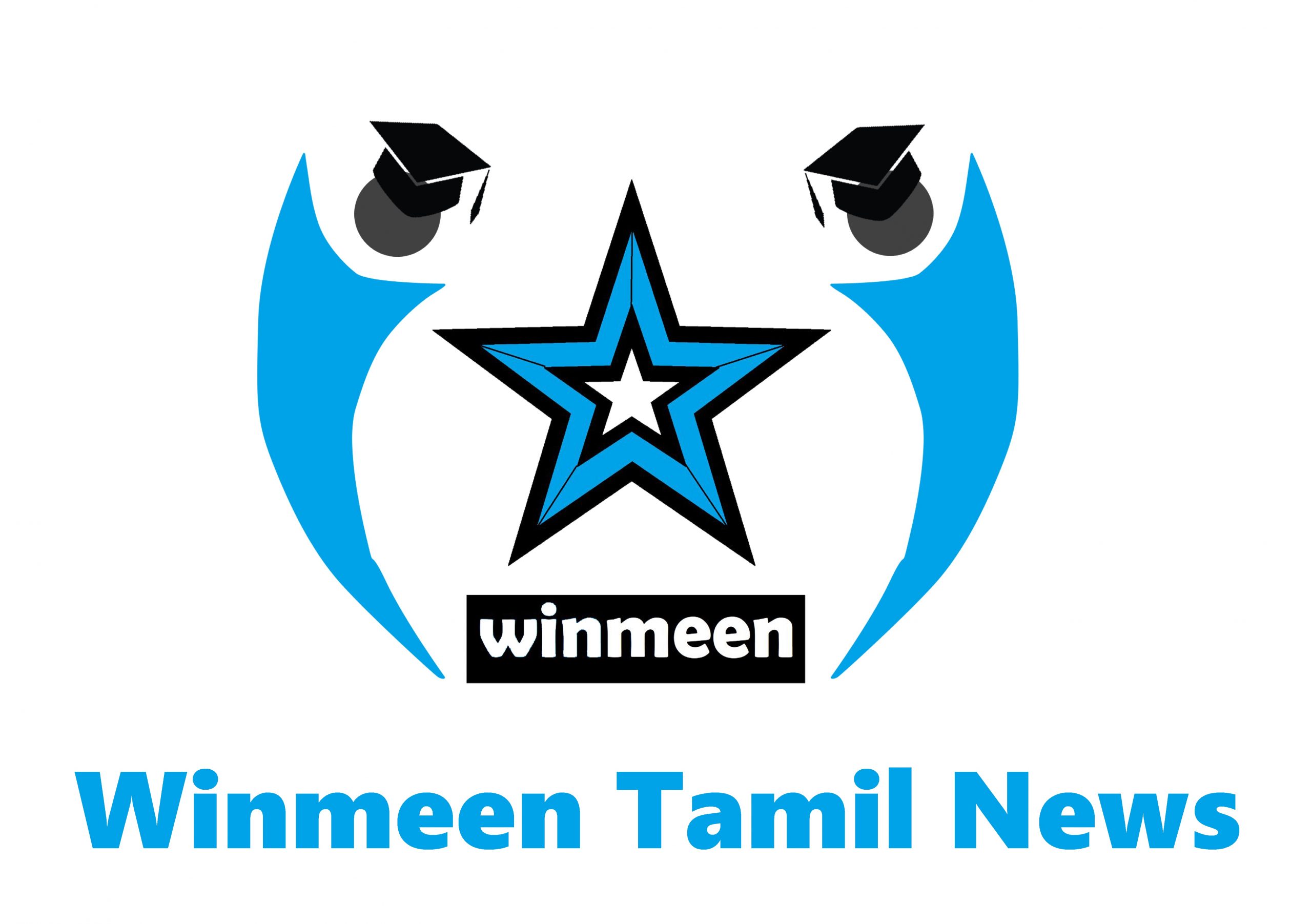சிவப்பு-கிரீடம் கொண்ட கூரை ஆமையின் (படகுர் கச்சுகா) பாதுகாப்பை மேம்படுத்த இந்தியா முன்மொழிந்துள்ளது

அழிந்து வரும் உயிரினங்களின் சர்வதேச வர்த்தகம் (CITES) உடன்படிக்கையின் கீழ் சிவப்பு கிரீடம் அணிந்த கூரை ஆமையின் (படகுர் கச்சுகா) பாதுகாப்பை மேம்படுத்த இந்தியா முன்மொழிந்துள்ளது.
சிவப்பு-கிரீடம் கொண்ட கூரை ஆமை பற்றி
சிவப்பு-கிரீடம் கொண்ட கூரை ஆமை (படாகூர் கச்சுகா) இந்தியா மற்றும் வங்காளதேசத்தை பூர்வீகமாகக் கொண்ட ஒரு நன்னீர் ஆமை ஆகும்.
இது தற்போது அழிவின் விளிம்பில் உள்ளது.
ஆமை இனங்கள் ஏற்கனவே இயற்கையின் பாதுகாப்புக்கான சர்வதேச ஒன்றியத்தின் சிவப்பு பட்டியலின் கீழ் ஆபத்தான நிலையில் வகைப்படுத்தப்பட்டுள்ளன.
வட இந்தியா மற்றும் பங்களாதேஷின் கங்கல் தாழ்நிலங்களில் மாசு மற்றும் நீர்நிலை திட்டங்களால் ஏற்படும் வாழ்விட இழப்பு காரணமாக அதன் உயிர்வாழ்வதற்கான அச்சுறுத்தல் உள்ளது.
இது சட்டவிரோத நுகர்வு மற்றும் சட்டவிரோத சர்வதேச வர்த்தகத்தின் அச்சுறுத்தல்களையும் எதிர்கொள்கிறது.
வரலாற்று ரீதியாக, இந்த இனம் மத்திய நேபாளத்தின் வடகிழக்கு இந்தியா, பங்களாதேஷ் மற்றும் பர்மாவில் காணப்பட்டது. இருப்பினும், இந்த ஆமைகள் இறைச்சி மற்றும் ஓடுகளுக்காக அறுவடை செய்யப்பட்டதால், இந்த பகுதிகளில் மக்கள் தொகை குறைந்தது. மீன்பிடி வலைகளில் மூழ்கி, நீர் மாசுபாடு மற்றும் பிற சவால்களால் அவர்களும் இறந்தனர்.
தற்போது, இந்தியா இந்த இனத்திற்காக சிறைபிடிக்கப்பட்ட இனப்பெருக்க திட்டத்தை செயல்படுத்தி வருகிறது மற்றும் பாதுகாப்பு முயற்சிகளையும் தொடங்கியுள்ளது.
19வது CITESக்கான கட்சிகளின் 19வது மாநாடு
CITESக்கான கட்சிகளின் மாநாடு மத்திய அமெரிக்காவில் உள்ள பனாமாவில் 2022 இல் நவம்பர் 14 முதல் 25 வரை நடைபெறுகிறது. CITES என்பது சர்வதேச எல்லையில் சில காட்டு விலங்குகள் மற்றும் தாவர இனங்களின் இயக்கத்தை ஒழுங்குபடுத்தும் ஒப்பந்தமாகும். இது மூன்று பிற்சேர்க்கைகளைக் கொண்டுள்ளது:
- முதல் பிற்சேர்க்கை ஆபத்தான அச்சுறுத்தலுக்கு உள்ளான மற்றும் அழிவின் விளிம்பில் உள்ள உயிரினங்களுக்கானது.
- இரண்டாவதாக, அழிந்துபோகும் அபாயம் இல்லாத உயிரினங்களுக்கானது, ஆனால் வர்த்தகத்தைத் தடுக்க தலையீடுகள் மற்றும் அவற்றின் உயிர்வாழ்வை சவால் செய்யும் அச்சுறுத்தல்கள் தேவைப்படுகின்றன.
- ஒரு குறிப்பிட்ட நாட்டிற்கு ஒரு குறிப்பிட்ட இனத்திற்கான வர்த்தக ஒழுங்குமுறை தேவைப்படும் போது மூன்றாவது பிற்சேர்க்கை பயன்படுத்தப்படுகிறது.
CITES COP19 நிகழ்ச்சி நிரலில், பிற்சேர்க்கைகளை திருத்துவதற்கு, நீர்யானை, வைக்கோல்-தலை புல்புல், சிவப்பு-கிரீடம் சூழப்பட்ட ஆமை மற்றும் ஆப்பிரிக்க யானை போன்ற இனங்களை மாற்றுவதற்கான முன்மொழிவுகளை நாடுகள் பிறப்பித்துள்ளன. பின்னிணைப்பு II இல் சுத்தியல் சுறாக்கள் மற்றும் கோரிக்கைகளை சேர்க்கும் முன்மொழிவுகளும் செய்யப்பட்டுள்ளன. .
Red-crowned Roofed Turtle – Update (November, 2022)
India has proposed improving the protection of the red-crowned roofed turtle (Batagur kachuga) under the Convention on International Trade in Endangered Species (CITES).
About red-crowned roofed turtle
Red-crowned roofed turtle (Batagur kachuga) is a freshwater turtle native to India and Bangladesh.
It is currently on the brink of extinction.
The turtle species is already classified as critically endangered under the International Union for Conservation of Nature Red List.
Its survival is threatened because of habitat loss caused by pollution and hydrological projects in Gangal lowlands of northern India and Bangladesh.
It is also facing threats from illegal consumption and illegal international trade.
Historically, this species was found in central Nepal northeastern India, Bangladesh and in Burma. However, the population in these regions dwindled as these turtles were harvested for meat and shells. They also died because of drowning in fishing nets, water pollution and other challenges.
Currently, India is implementing a captive breeding program for this species and has initiated conservation efforts as well.
19th Conference of the Parties to CITES
The 19th Conference of the Parties to CITES is being held from November 14 to 25 in 2022 in Panama – a country in central America. The CITES is an agreement that regulates the movement of certain wild animal and plant species across the international border. It has three appendices:
- The first appendix is for species that are critically threatened and are on the brink of extinction.
- The second one is for species that are not necessarily threatened with extinction but requires interventions to prevent trade and threats that challenge their survival.
- The third appendix is used when a specific country requires trade regulation for a specific species.
At the CITES COP19 agenda, countries have issued proposals to amend the appendices, shifting species like hippopotamus, straw-headed bulbul, red-crowned roofed turtle and African elephant to appendix I. Proposals are also made to include hammerhead sharks and requiem in appendix II.

